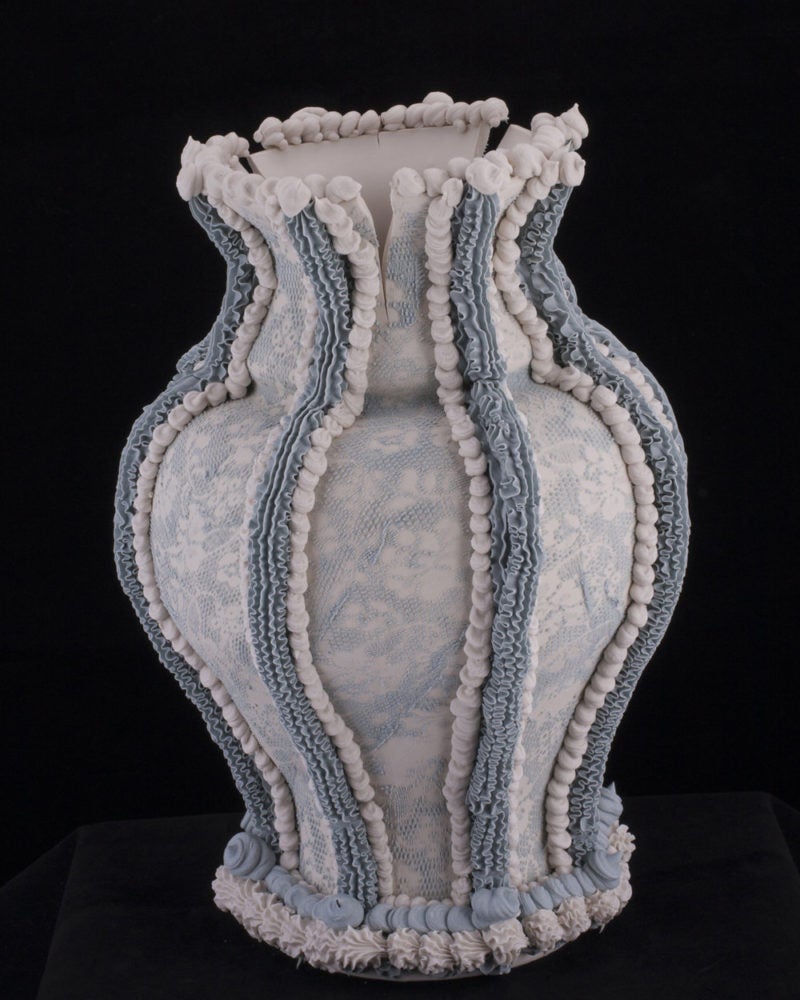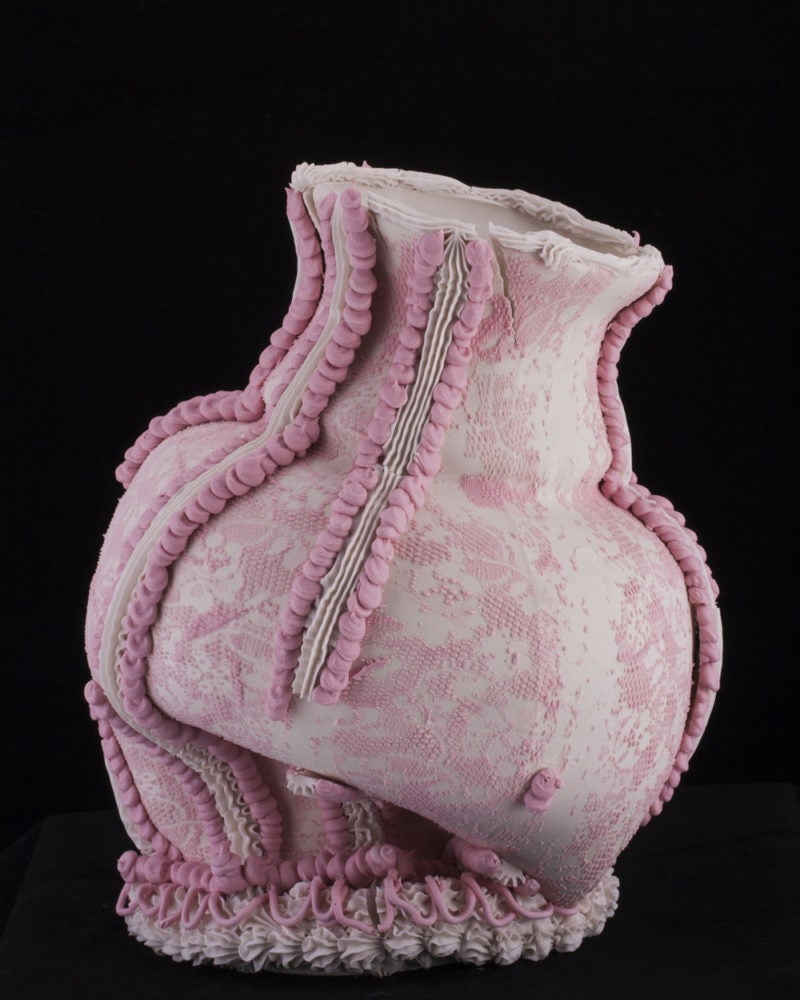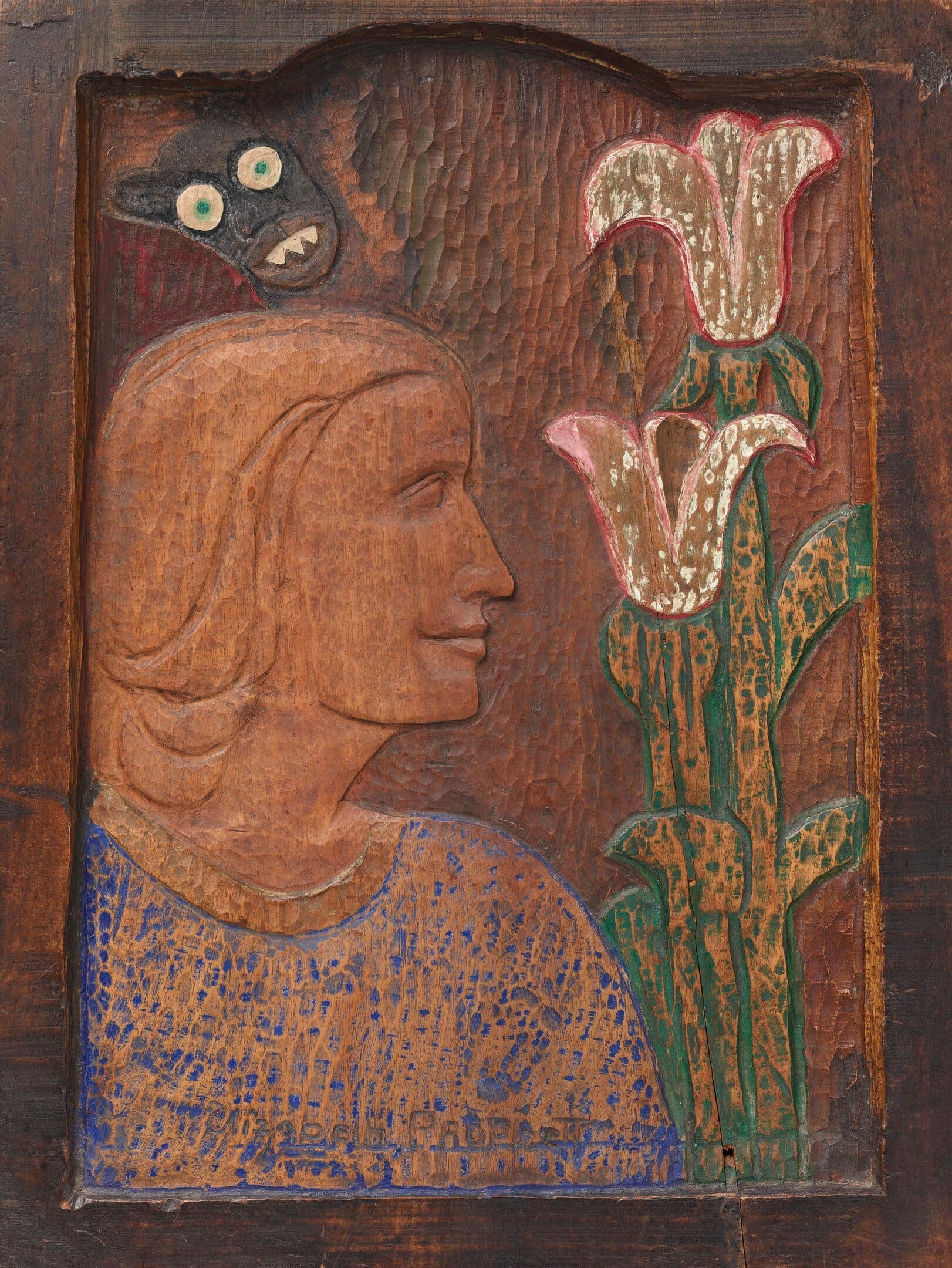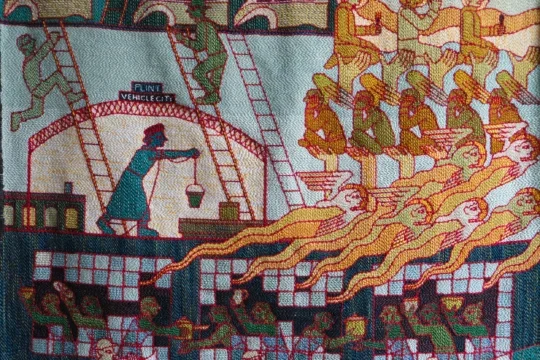In our feature Take Five, Burnaway highlights five artists we’re excited about who are working in the South or are from the region. In this edition we consider artists who are bringing innovative new ideas and approaches to the medium of ceramics.

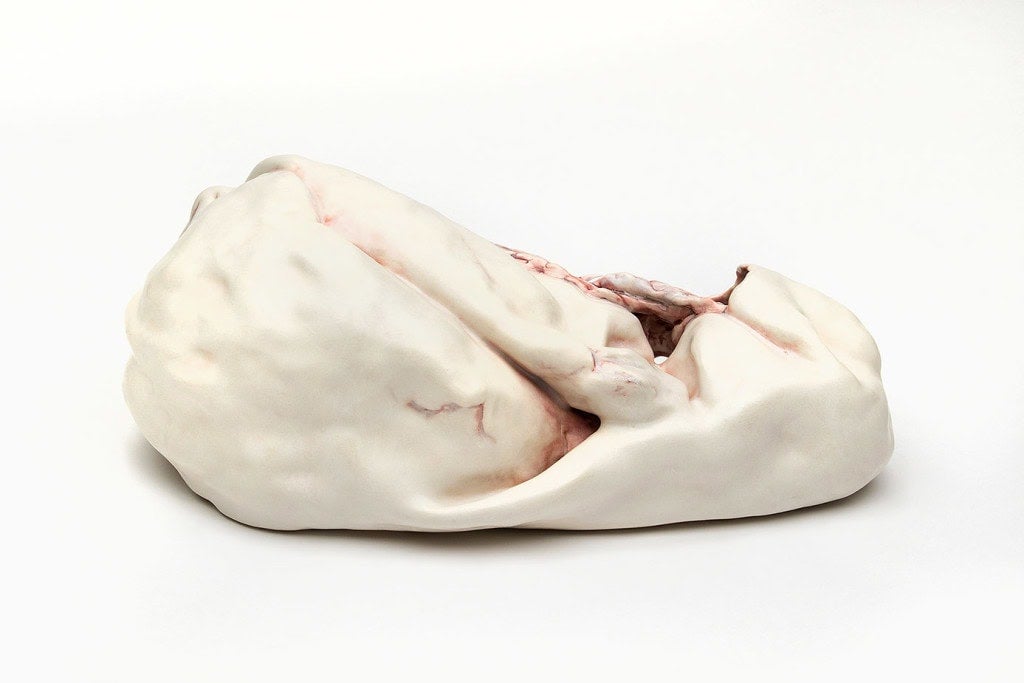
Michelle Laxalt
All of us face the great indignities of dying—if we are lucky. The body rots, things that were once easy suddenly become difficult and tiresome. Of course, we faced earlier indignities, when we were soft and squishy but blessedly blind. Michelle Laxalt’s ceramic works and textiles could be likened to bodies, but are organic forms underlaid with more malice than what we would call a body. There is a cruelty and decay in these works, the sweet smell of honeysuckle or rot.
— Jasmine Amussen
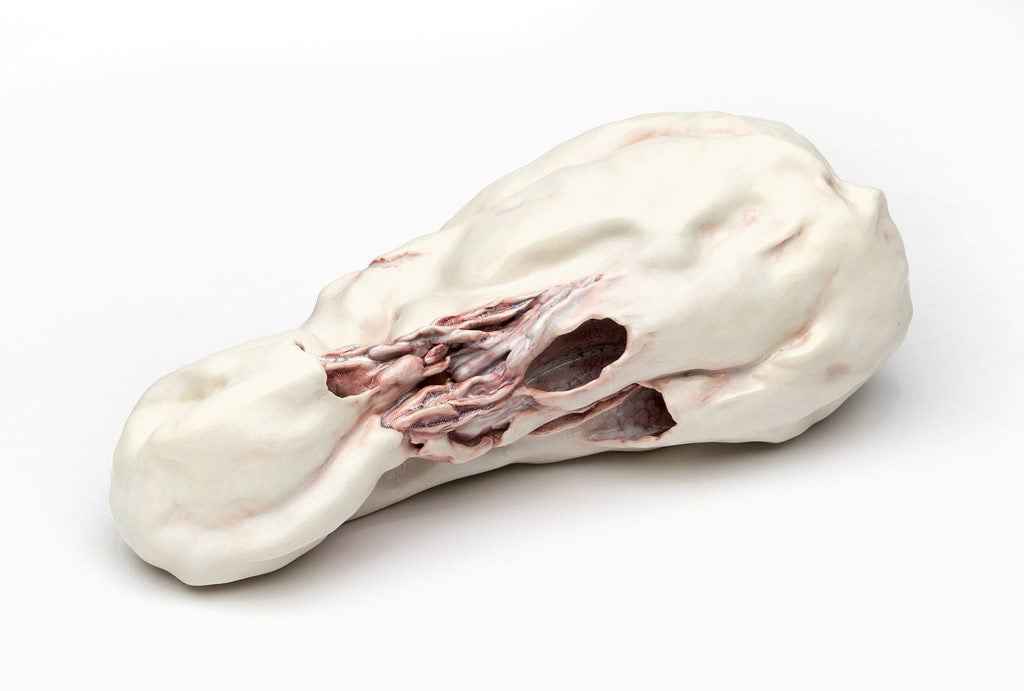
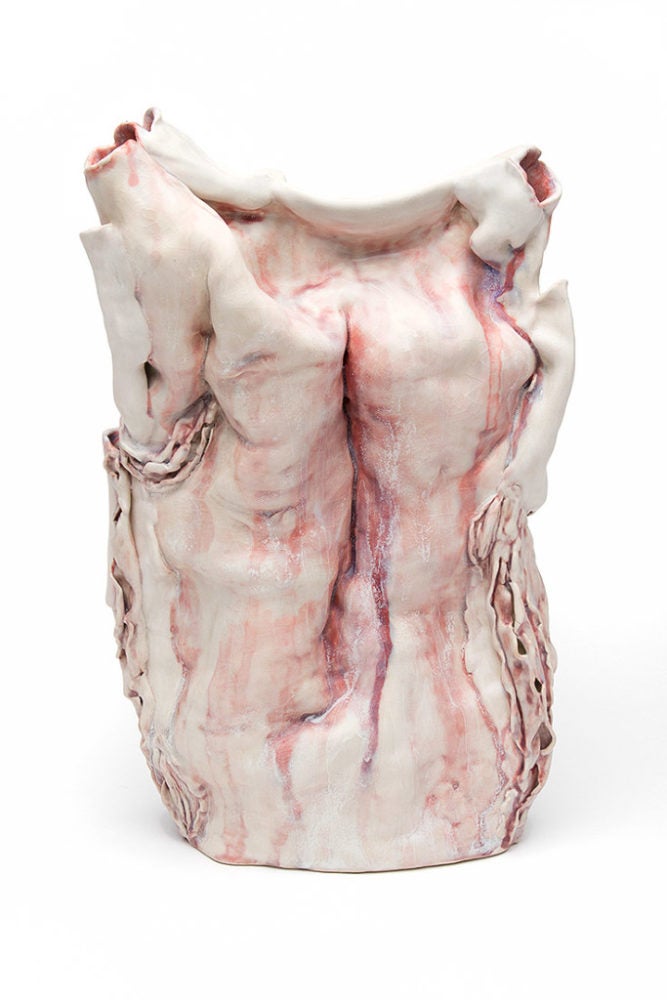
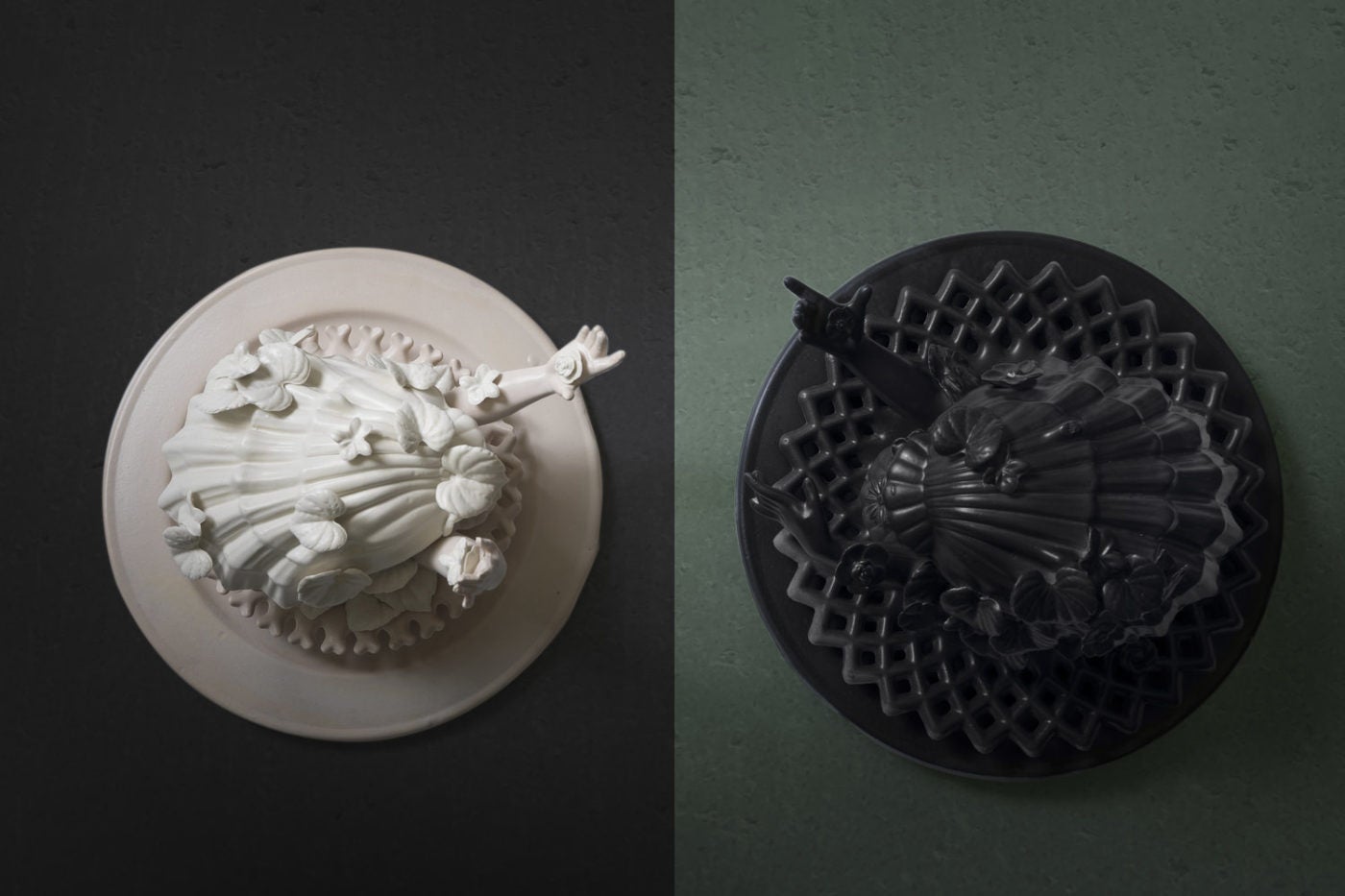

Morel Doucet
A Haitian immigrant living in Miami, Doucet’s work explores themes of isolation, environmental destruction, and catastrophe, among the fine threads that interconnect the entire Black diaspora. Seashells, constellations, and serene vessels work together to tell a story of longing, disconnection from lineage and the earth, and the long journey to alleviate that spiritual suffering.
— Jasmine Amussen
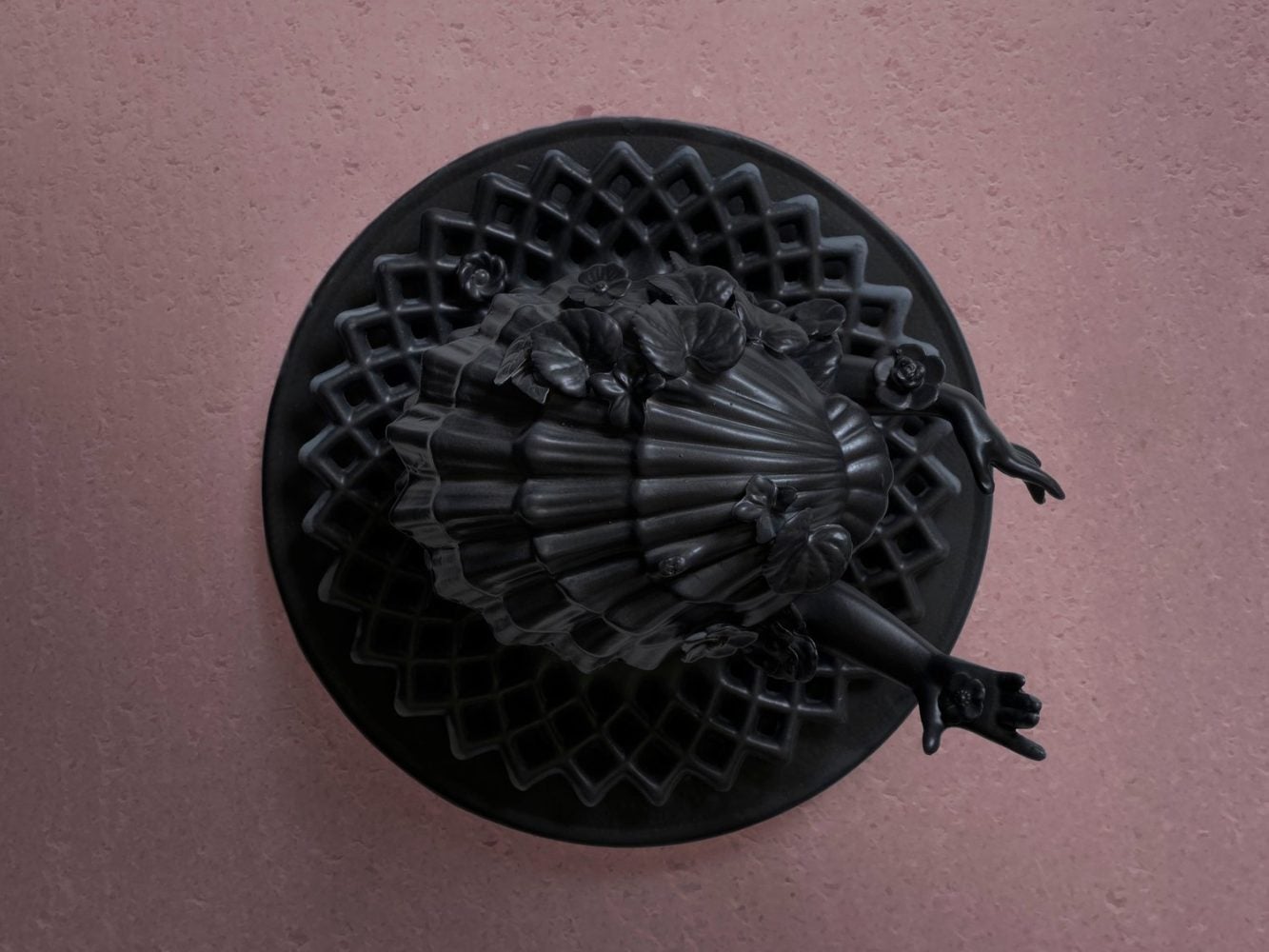
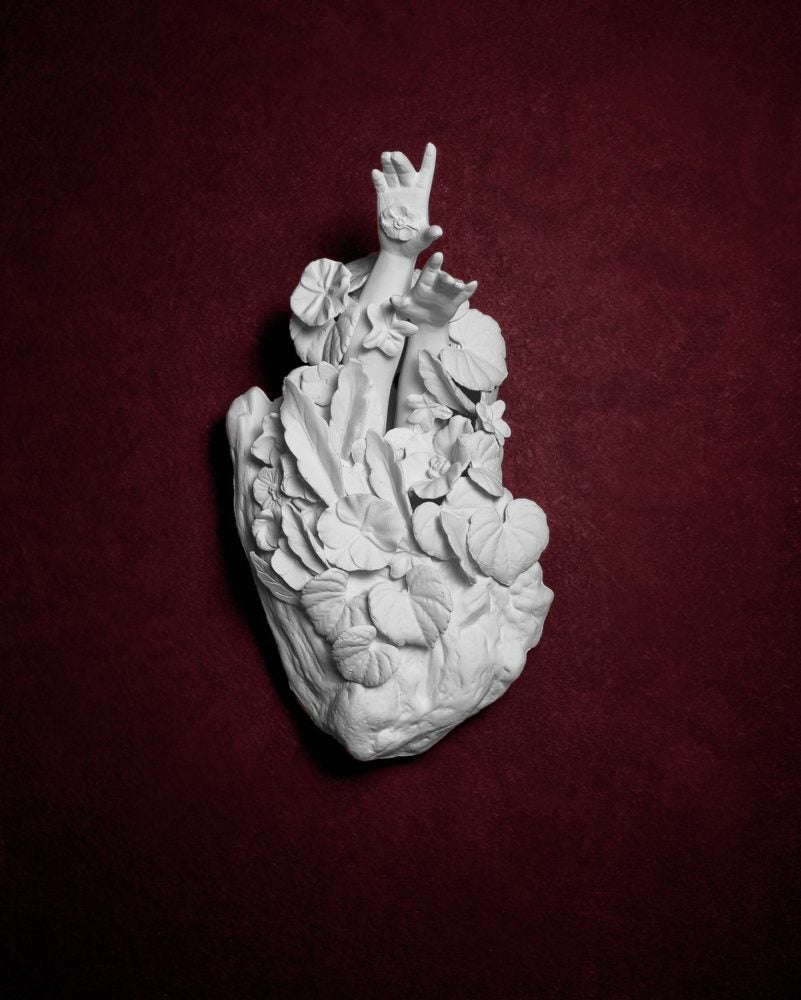
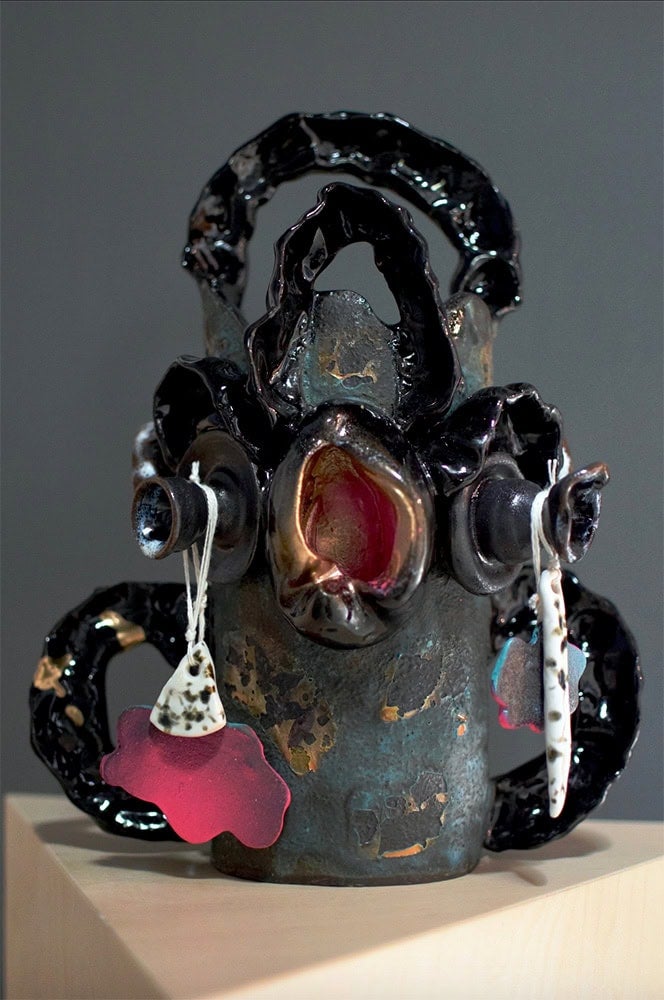
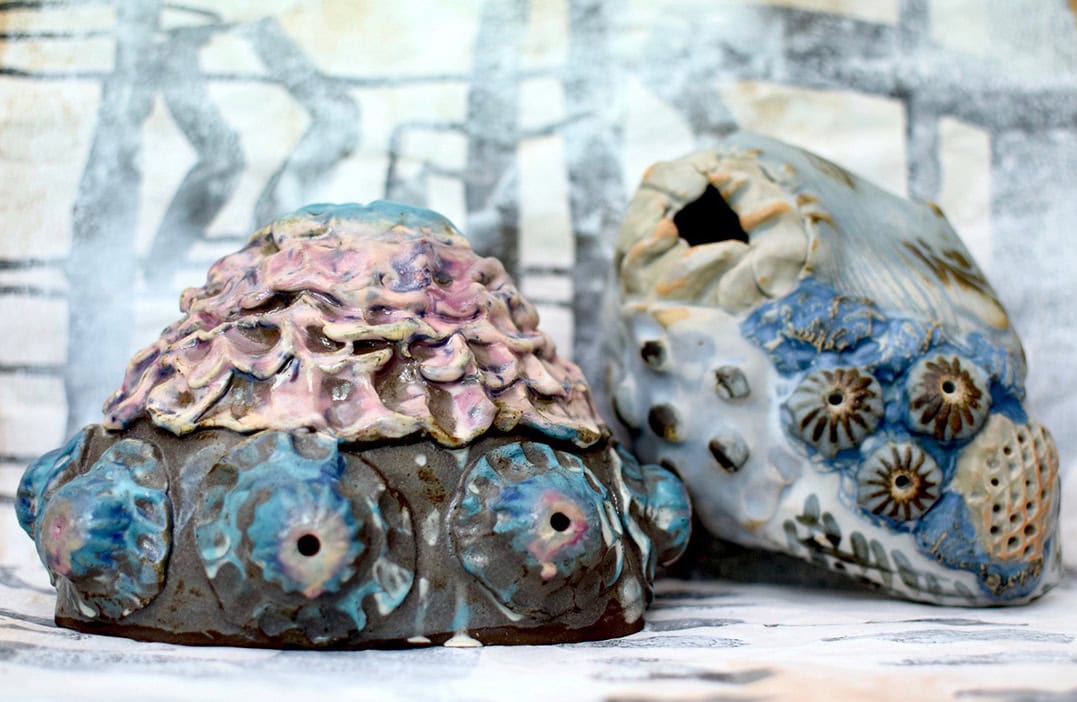
Zipporah Camille Thompson
Texture and color work together to reveal the process of the object’s own making in both Zipporah Camille Thompson’s woven and ceramic works. Reflections on rituals and cosmologies are evident, represented by ceramic stars and moons as well as the incorporation of found cowrie shells and chicken bones. Altars are laid, strewn with ceramic fragments and tassels. Some are vessels while others are fertility devices, but altogether they create a reflection pool of the cosmos or sublime.
— Emily Llamazales
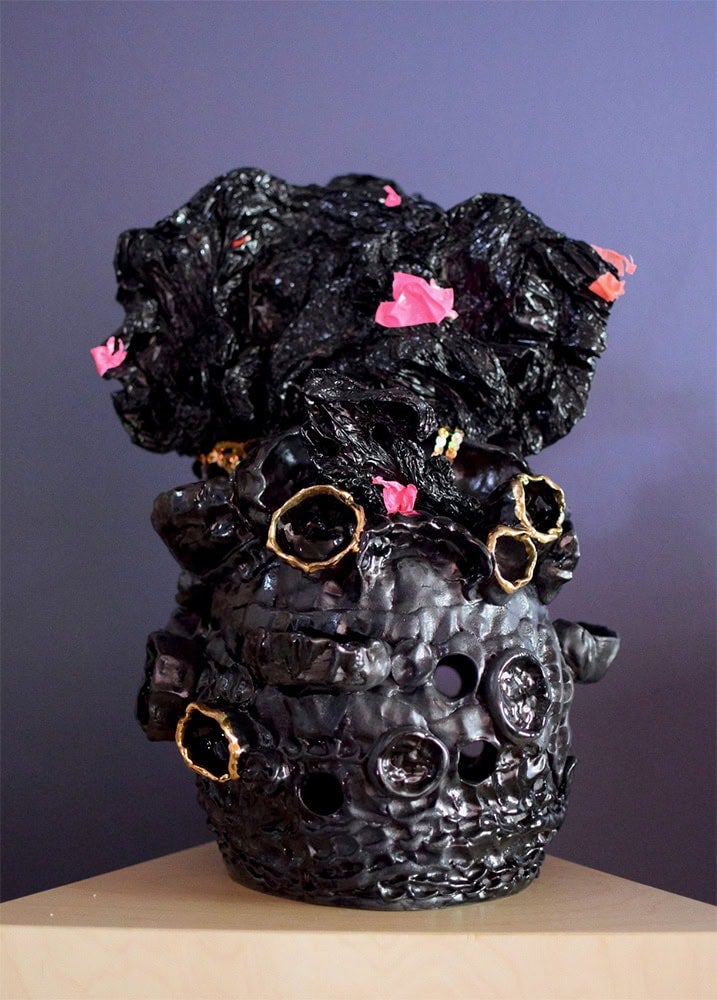
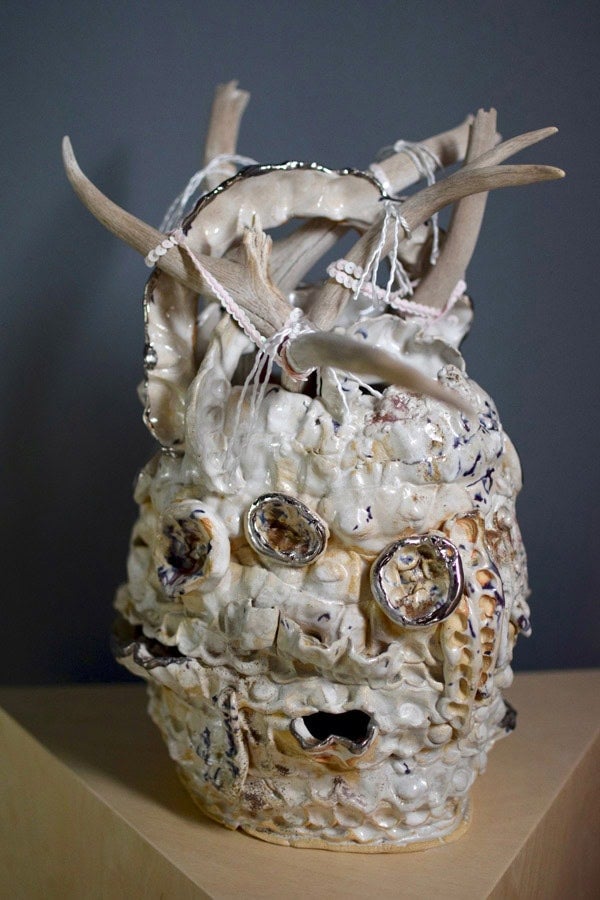
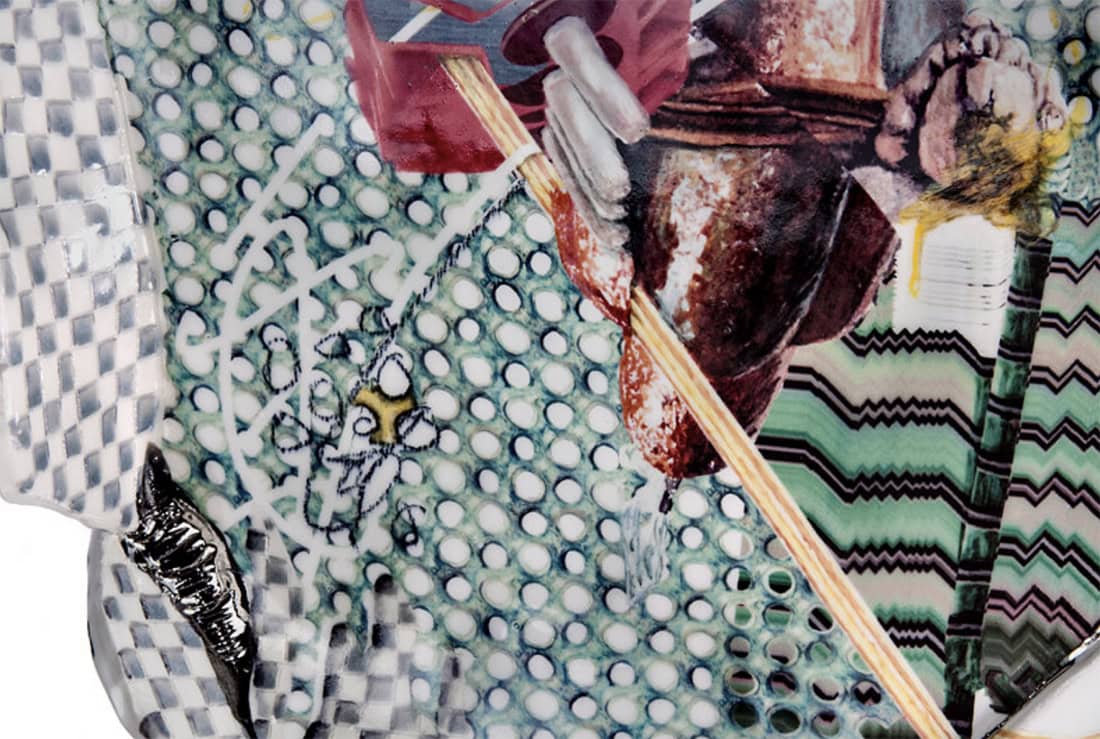
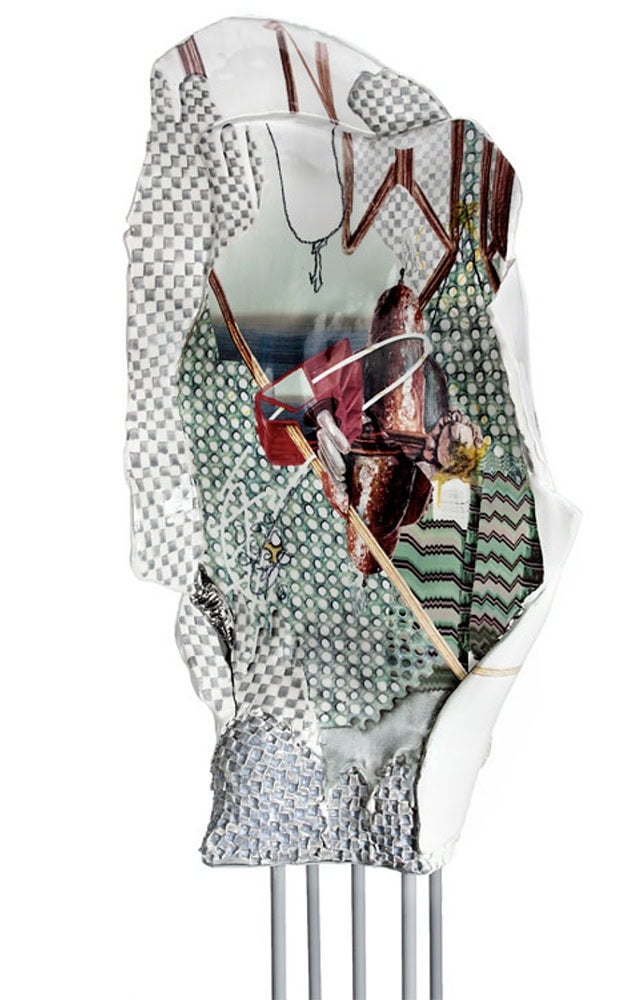
Darien Arikoski-Johnson
Infusing the medium of ceramics with a glitch art aesthetic, works by artist Darien Arikoski-Johnson give material form to the tensions between consciousness and physicality, memory and reality, technology and perception. Formally unconventional and erratic, the vessels appear to bulge and bloat unexpectedly, spangled by harlequin-like grids that further suggest the pixelated quality of a screen or digital image.
— Logan Lockner
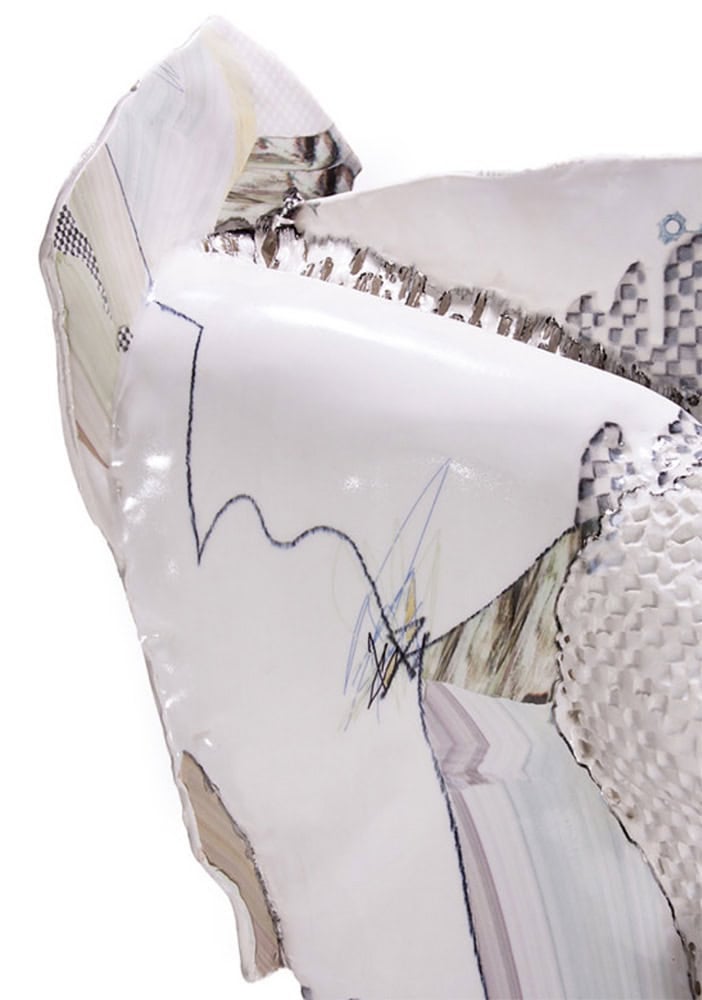
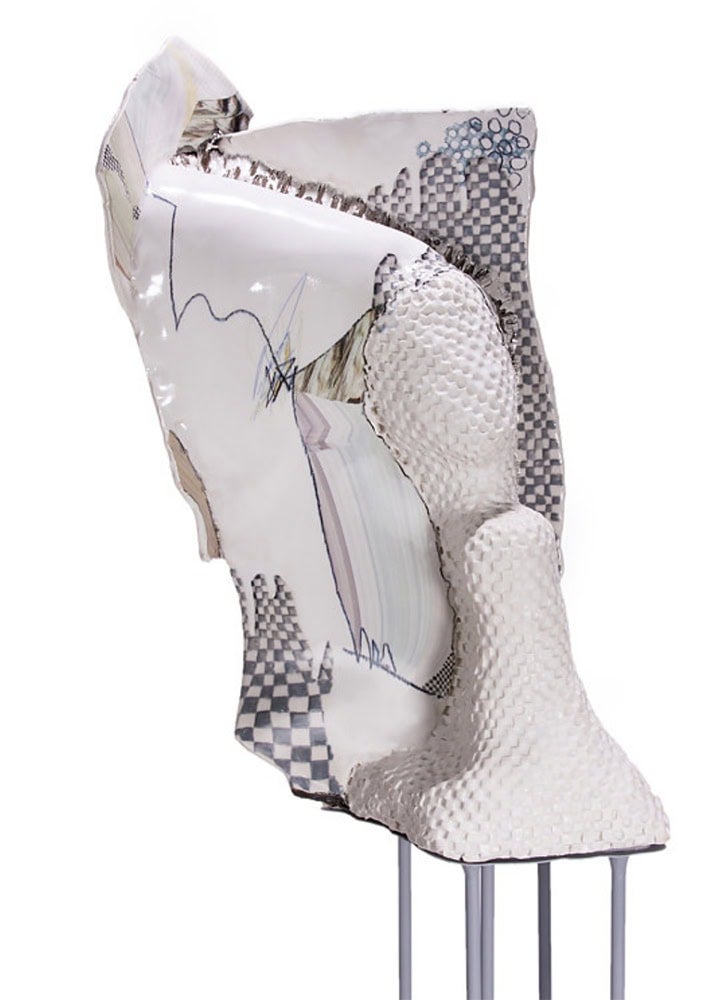
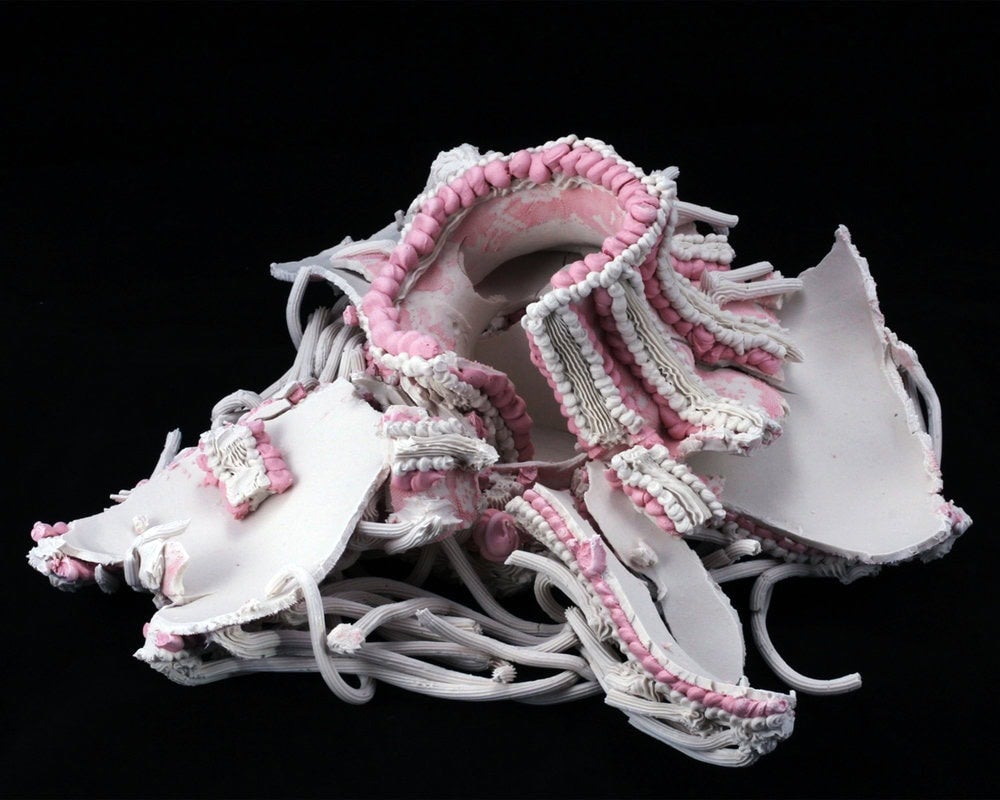
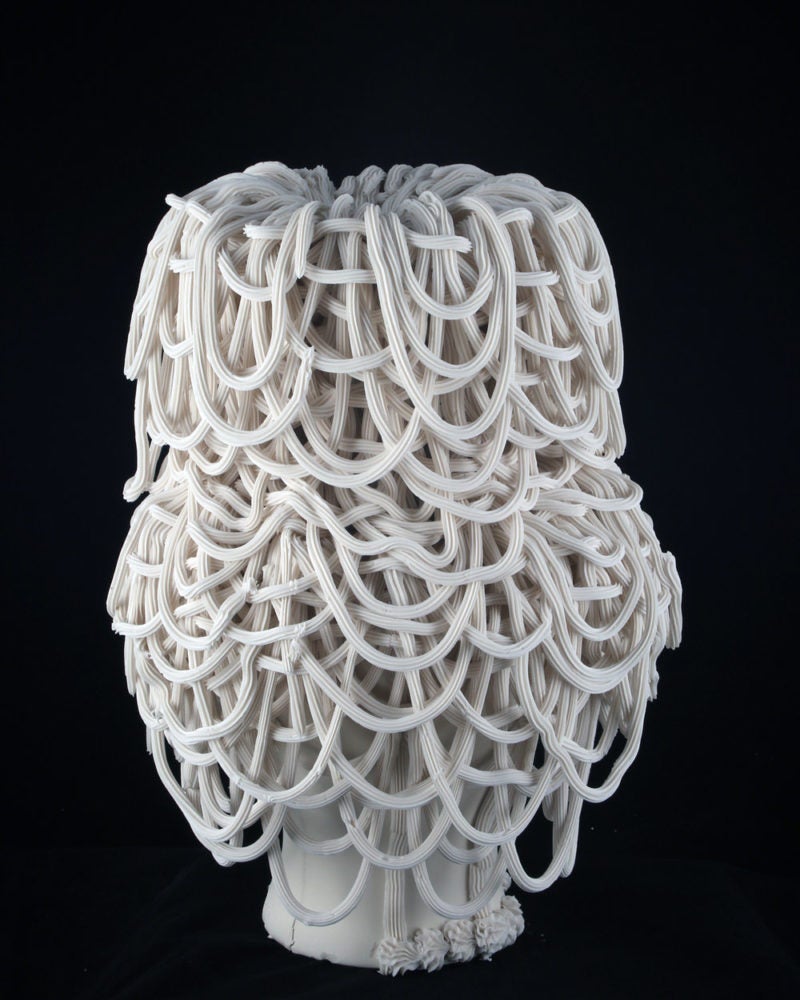
Robert Chamberlain
Created with cake decorating tools that amplify a visual sense of excess and kitsch, the elaborately ornate ceramic vessels created by Robert Chamberlain lend themselves, at first glance, to relatively direct interpretations surrounding decadent queer sensibilities. Also contained within their candy-colored, often imploded or collapsed forms, however, is a pointed critique of social structures built on consumption, accumulation, and indulgence. A solo presentation of the artist’s work at Marcia Wood Gallery in 2018 emphasized this aspect of social commentary in Chamberlain’s work: larger collapsed vessels were flanked by collections of smaller porcelain works—crowded ceramic audiences, the common people, looking on as wealthy elites doom themselves by clinging to too much power.
— Logan Lockner
